A great little junk shop, so full, there could be treasures you would never spot. On the floor a box full of old cameras and accessories caught the eye. There were a few that didn’t appeal and some to write about another time. Working through the box, a little Kodak Retinette surfaced. First encounter with a 1950s German built Kodak and somehow it immediately appealed. Quick check of a few things and the shutter seemed to be working on a range of speeds. Aperture changed smoothly enough and no obvious issues with the advance lever. Knowing the value of ‘stuff’ as the shop owner does, the price was probably no better than an auction site. At least it got a quick function check though. The most exciting part; this was my first film camera in a very long time. This little machine became the start of a collection that might now be getting out of control.
What is it?
Keen to learn more, a web search suggested Retinette number 99313, is a type 030 produced between 1958 and 1959. There was no case for the camera, so an online hunt produced one that looked about right. The new case wasn’t a comfortable fit, so back to the junk shop to see if there might be a spare case. The original case was stored in another box and the shop owner handed it over with a cheery apology. So what to do with the case that now seemed to be for a Retinette 1A or 1B? Well buy a 1A minus case of course. By now an incipient Retinette addiction was developing. A few Retinettes later, it became clear the type 030 was a lucky find because it all works. Its easier to pick up cameras from this era with sticky shutters than it is to fix them.
Retinette diversity.
Kodak Retinettes are really quite diverse and described by name and a type number. The Retinette ii for example was built between 1939 and 1941, but there was another Retinette ii in production between 1958 and 1959. The earlier Retinette ii had the type number 160 and the much later one type number 26. There are As, Bs, 1s and 2s. Bs have light meters, but beyond that it isn’t easy to identify any logic with the designators and type numbers. Anyway, this article is about a little type 030, now resplendent in its shiny brown leather case with chrome trim.
Defunct Kodak products.
The type 030 has a Schneider Krauznach Reomar 45mm f3:5 lens with a Compur Rapid shutter in the middle. A leaf shutter in the lens wasn’t a new idea for me and took me back to my Bronica days in the 80s. Going from Bulb to 500th, it provides a little more flexibility than some shutters of this era. The rewind knob has a dial to set the film type, not by ASA and DIN but names of now mostly defunct Kodak products (Tri X is on there though). There is a quality feel inside and whilst the take up spool is the usual plastic, the film carriage spool is a nice piece of alloy. The viewfinder isn’t the brightest, but nor did it prove a problem in use.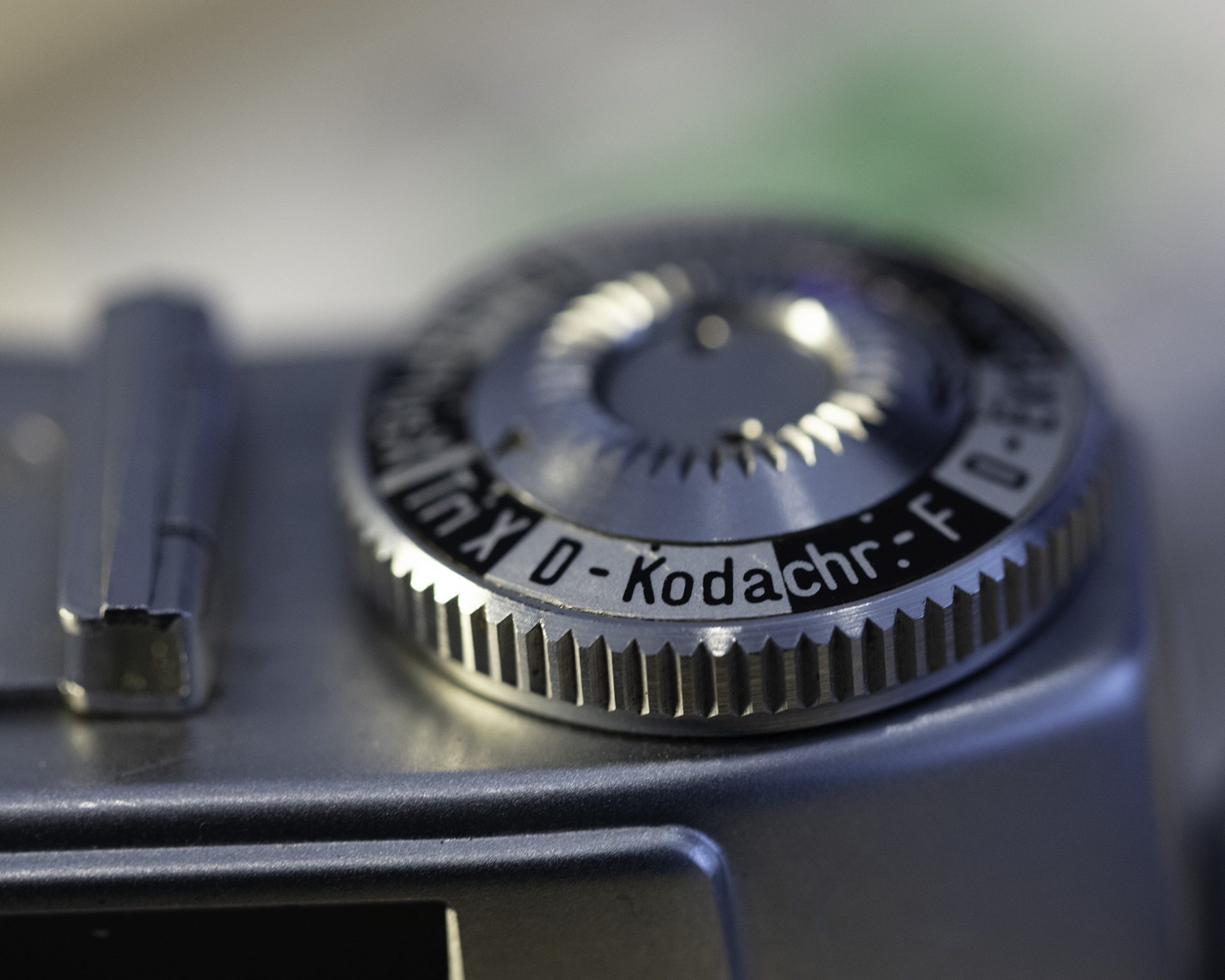
Everything manual.
Whilst Retinette Bs have a light meter, the type 030 wants you to really work for those images. No metering and no rangefinder. Guessing distances, or trying to find a sufficiently serviceable rangefinder for the cold shoe are the options. If you forget to set the film counter after loading, you’ll be guessing frame numbers too. A trawl around an auction site produced a Weston Master ii light meter. After a minor tweak to zero it, the Weston seemed to be giving readings largely in line with one of my digitals. After a modest but careful clean of camera and meter, the hardware was ready to go.
Not expecting much.
Ilford HP5 is now my go to film to test any camera of uncertain provenance. Ilford was where it first started with the type 030, but XP2 which now seems a little extravagant for this purpose. Not expecting much, the first roll was processed as a set of 4×6 prints only. Expecting light leaks, marks and misty images, the lab envelope brought a pleasant surprise. A couple of shots of our pets were good enough to cut and paste into a board as a collage for my partner. It should be pointed out that my partner was surprised a camera older than me could produce images at all.
Waiting its turn.
After the first film, the 030 sat on a shelf in a rapidly growing line of Retinettes and other analogue lovelies. Eventually the type 030’s turn came around again and this time with a roll of HP5. Keen to find the limits for the camera and film, both were set some demanding tasks. Straight into low sun, cloudy conditions, dappled light, early morning, late evening and middle of the day.
It does need time.
The first time out with the type 030 had been about finding my way. Having played with other Retinettes in the meantime, this time the type 030 provided enjoyment right through the roll. Just taking time and it does need plenty of that. The dials on the type 030 aren’t designed to be used in any hurry. The thumb button for the aperture ring is a mildly comfortable thing and it locks on a spring action, so needs a slight downwards push to move. Setting the speed first is helpful as the aperture ring moves independently, but also moves every time the shutter speed ring does. When the aperture ring reaches the end of its range, it stops the speed ring moving any further. The aperture has to be changed a few stops to allow the shutter speed ring to move again… if you follow that. The upshot is its quite easy to change a setting unintentionally, but you get used to it.
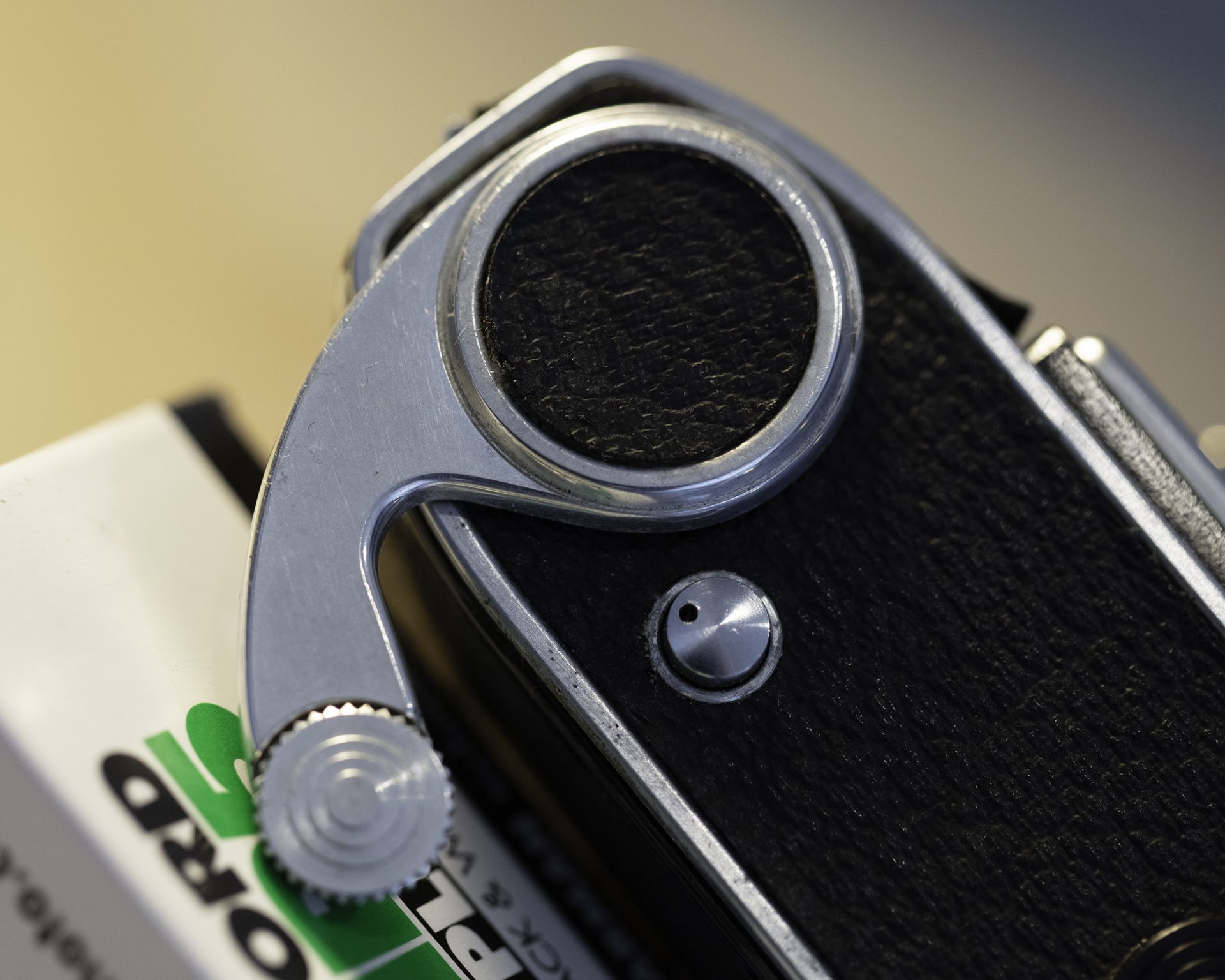
Mechanical Satisfaction.
The Compur shutter makes a smooth quiet click that won’t draw much attention. The film advance lever is on the bottom of the camera body. Don’t be put off by that; on account of the size of the camera, its an easy reach from the shutter button. Levers on later models are plastic, but the type 030 is nicely machined alloy and, its somehow satisfying to use. This little camera has that ‘mechanical satisfaction’ factor for me. All too soon, the last frame came around (it counts down not up) and with that a reminder that rewinding with Retinettes takes a little patience. There is no crank on the rewind knob. Turning the knob in small movements until you feel that tail come out of the spool, or your fingers get sore. Film out and trusted to the postal system, then that wait for the download link.
The results:
This film went to different lab with an order for TIFFs not the J-pegs I had been using for everything else up to that point (trying to keep to no more than cropping for my analogue work). The results have a different look from other recent rolls of HP5. There is an interesting aesthetic and grain by the bucket, which may be the TIFF effect. Some images possibly show a thin, very slightly lighter strip at the very top and bottom. Possibly some light getting in, or an old skylight filter with a little de-lamination just at the edges. Something to investigate another time as its slight and for a camera of its age, I am happy.
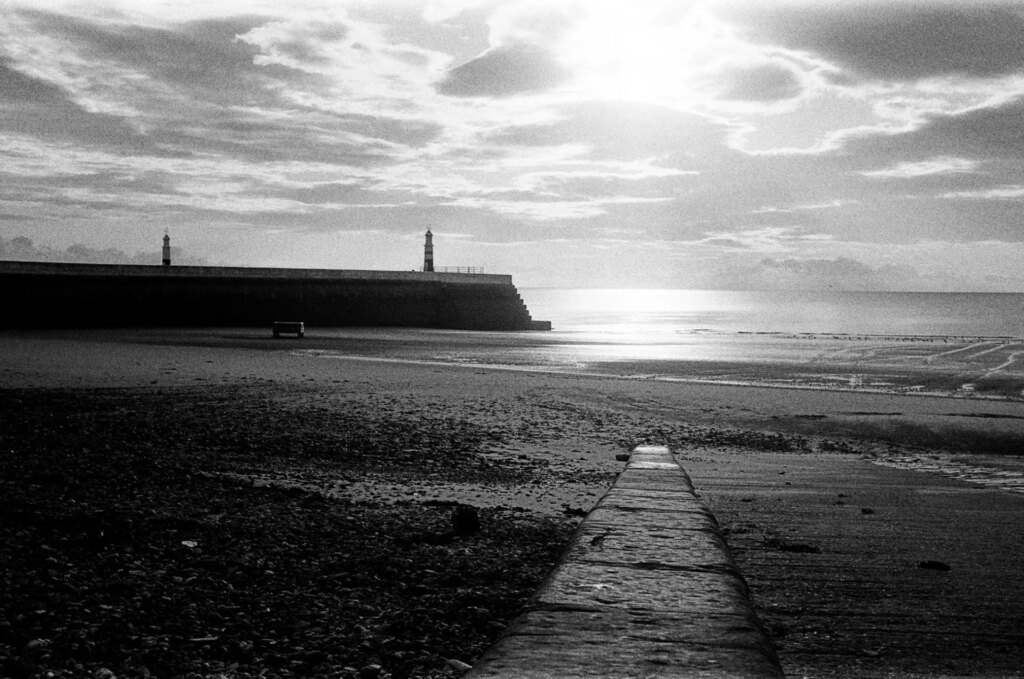
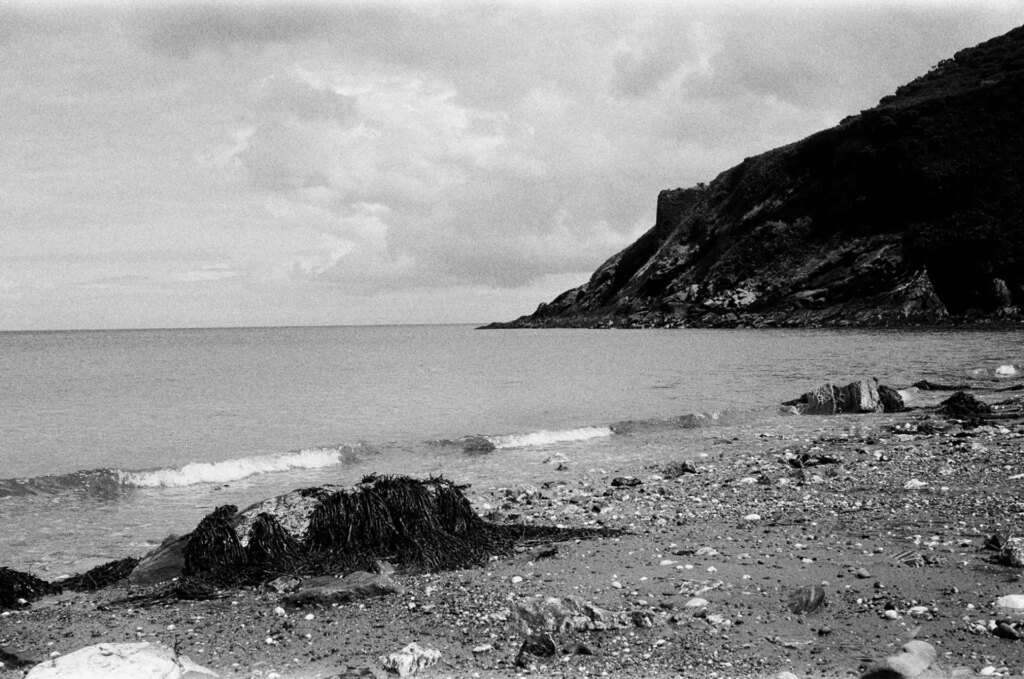
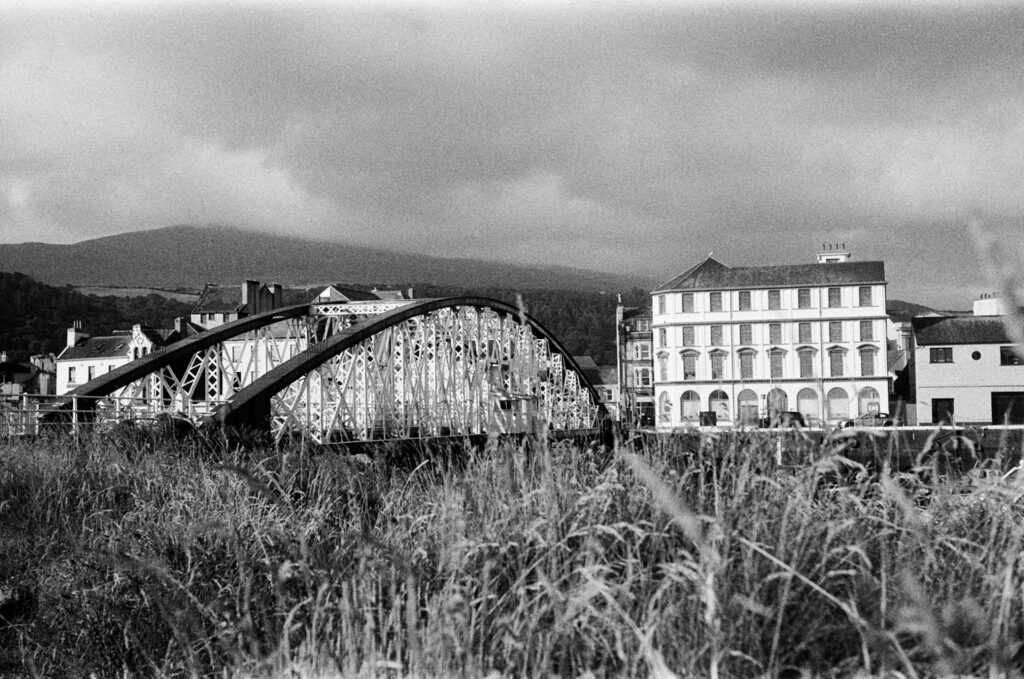
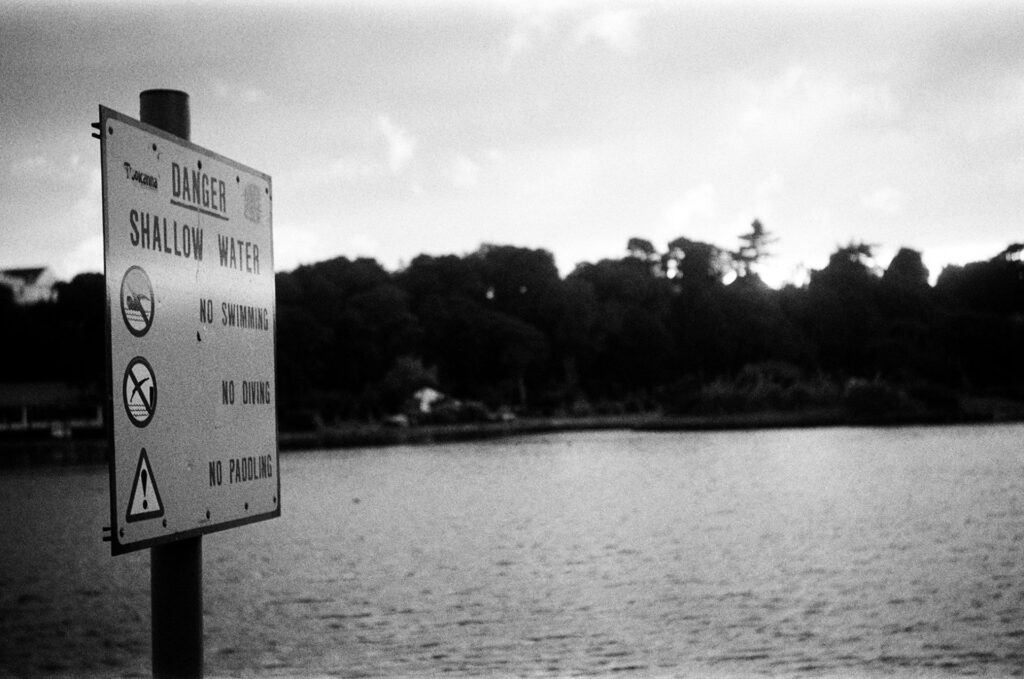
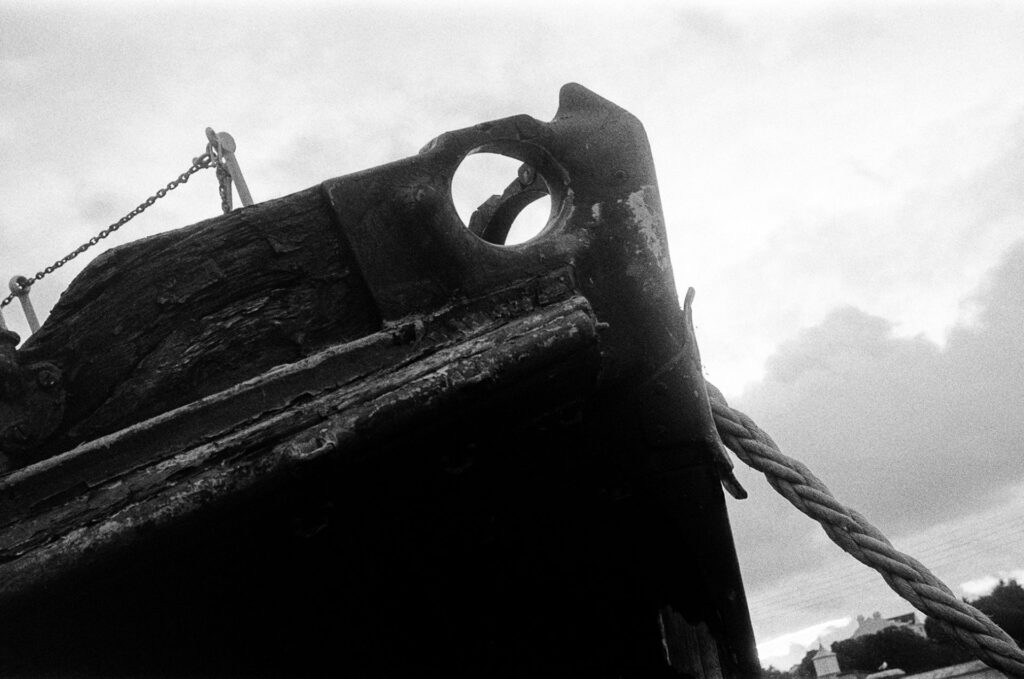
Retinette bargain.
Next roll has to be a colour film for the type 030, to see what it can do with that. The love affair goes on. The collection now includes a 1B, type 022, 1A, another type 030 and a more rare iiB in lovely condition. The addiction has resulted in a hankering for sampling some of the earlier versions, maybe a type 017 or earlier folding models. Retinettes represent an era in which more of the population would have been able to estimate distances, use a light meter or guess an exposure. Photography was popular, lots of households had cameras. As they were often built to last, we can all benefit from a huge array of older machines to choose from. Like some others from the same era, Retinettes are easy to find and generally inexpensive. There are some tiny parts in there, but if you are good at fixing shutters, even Retinettes from auction sites can be a bargain.
A real bond.
At home, Retinettes now share shelf space with a various other film cameras. Some of the cameras on the shelves would be judged superior, but these little Kodak offerings can punch above their weight. Retinettes got me back into film and now there’s a real bond.
Share this post:
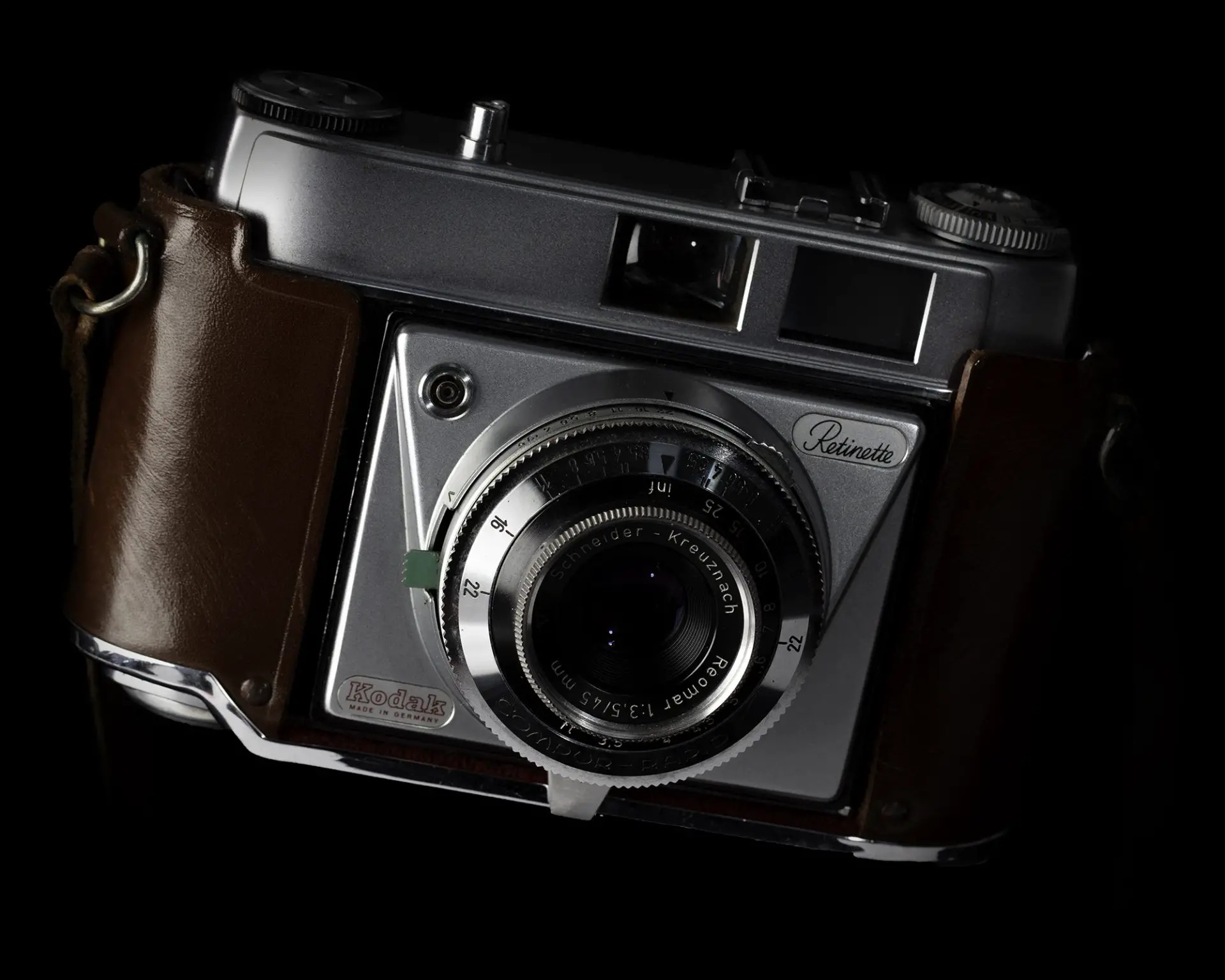

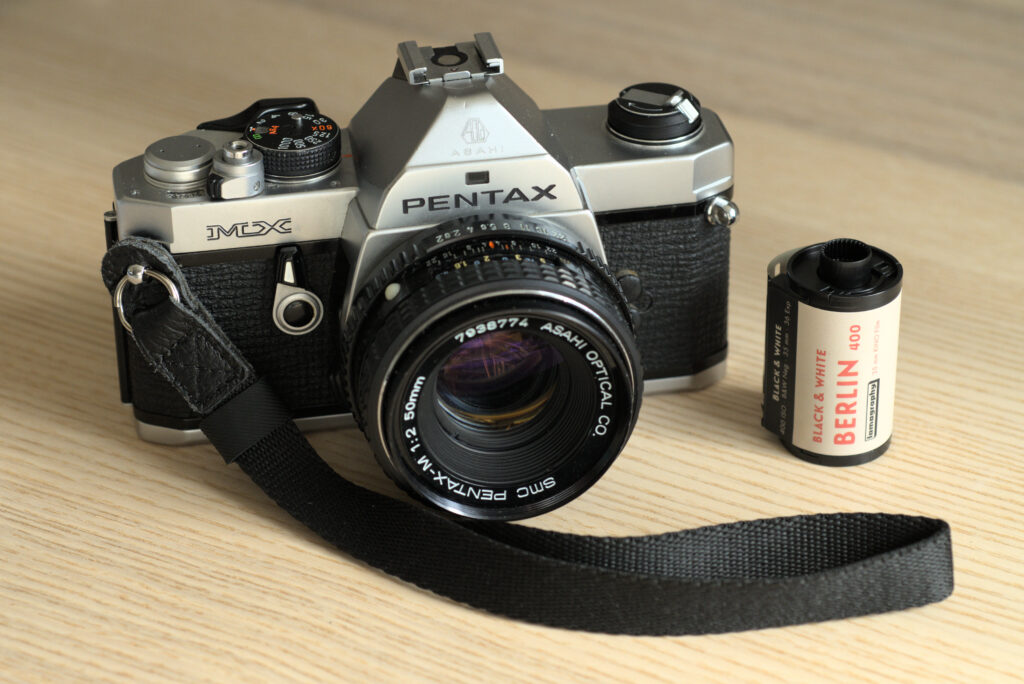
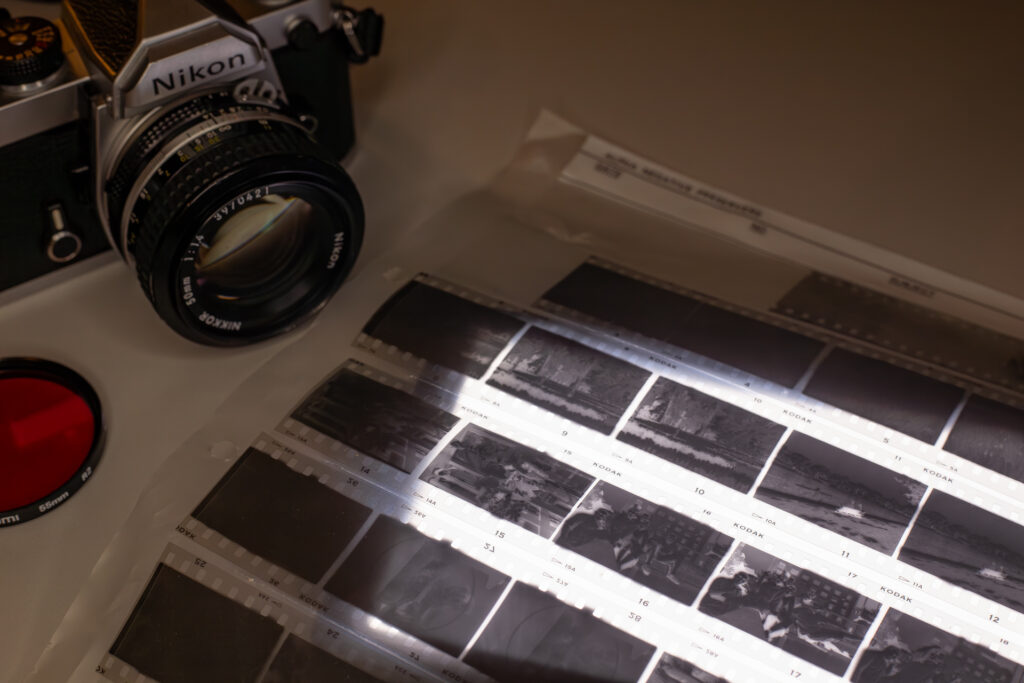
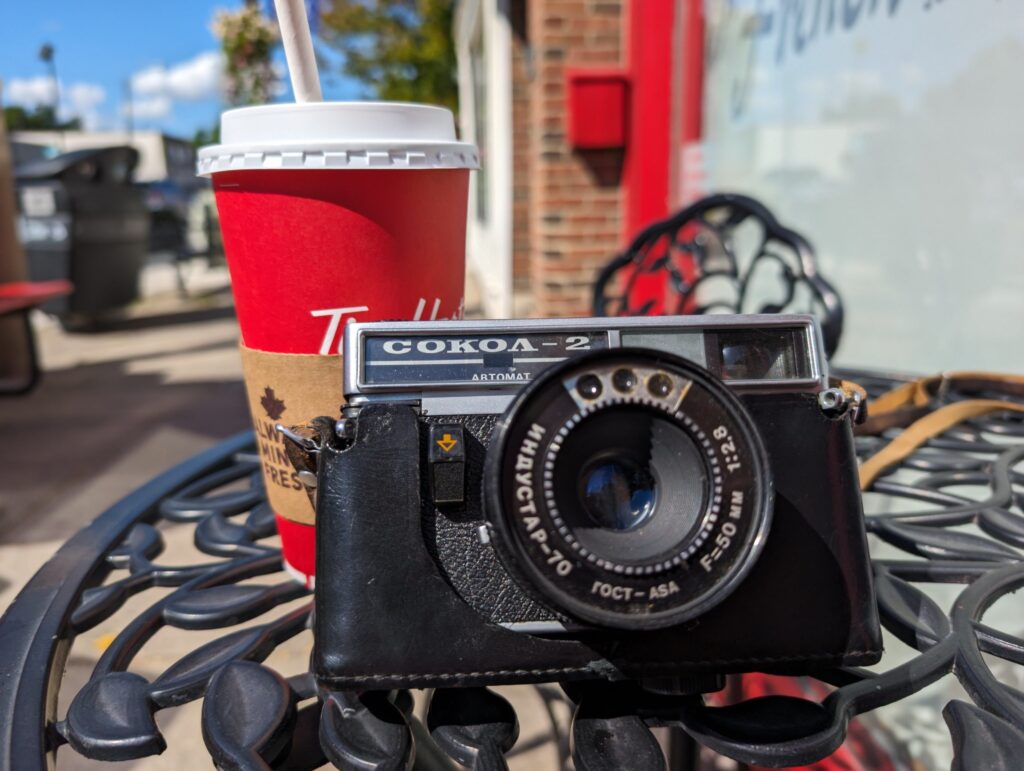




Comments
James E. Langmesser on 5 frames with a Kodak Retinette type 030 Found in a Junk Shop
Comment posted: 19/11/2023
Comment posted: 19/11/2023
Mike Avison on 5 frames with a Kodak Retinette type 030 Found in a Junk Shop
Comment posted: 19/11/2023
Comment posted: 19/11/2023
Lance Rowley on 5 frames with a Kodak Retinette type 030 Found in a Junk Shop
Comment posted: 19/11/2023
Comment posted: 19/11/2023
Jim Witherspoon on 5 frames with a Kodak Retinette type 030 Found in a Junk Shop
Comment posted: 19/11/2023
Comment posted: 19/11/2023
Chris Douglas on 5 frames with a Kodak Retinette type 030 Found in a Junk Shop
Comment posted: 19/11/2023
Comment posted: 19/11/2023